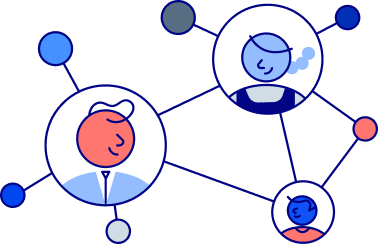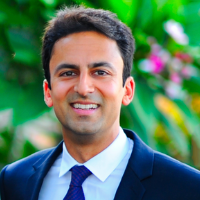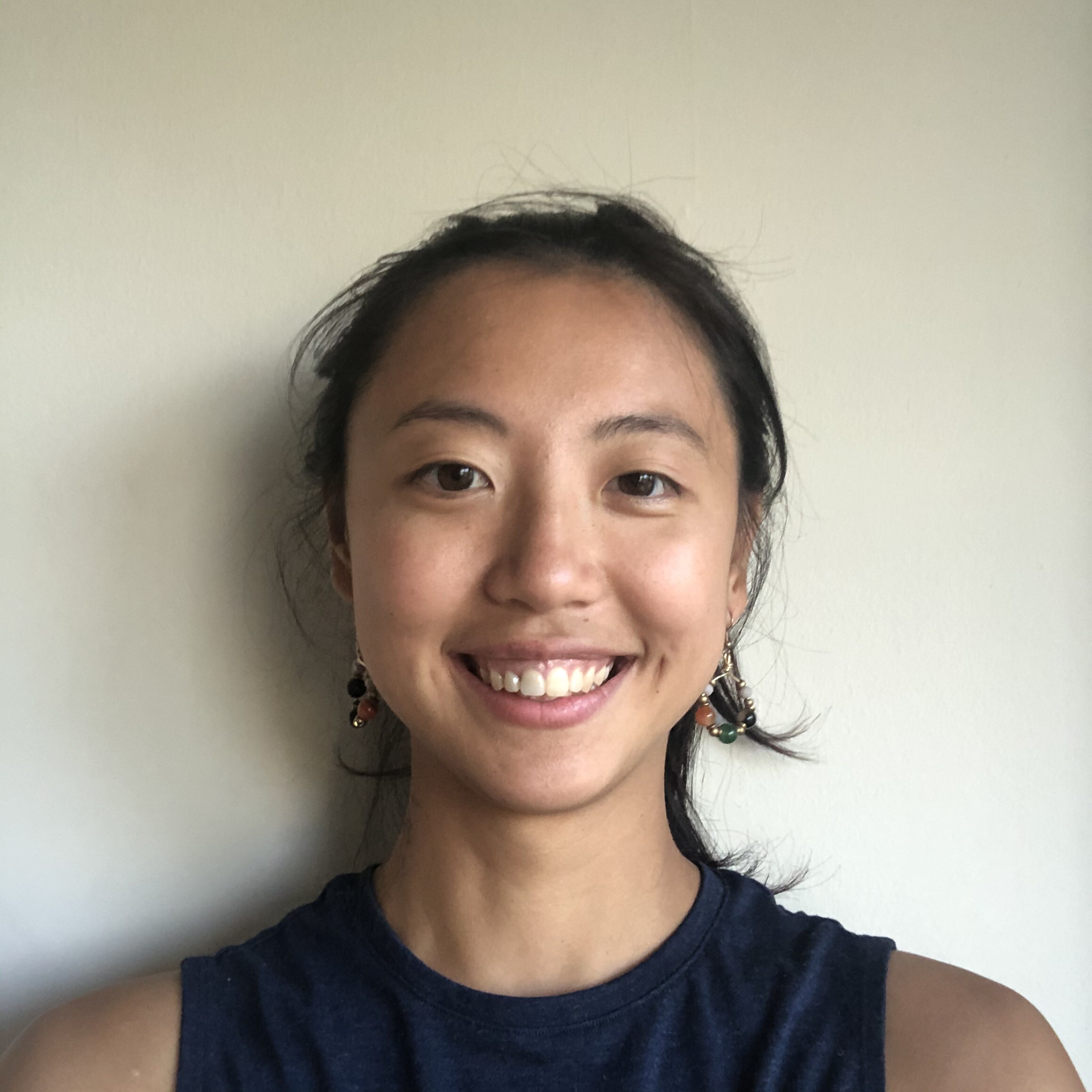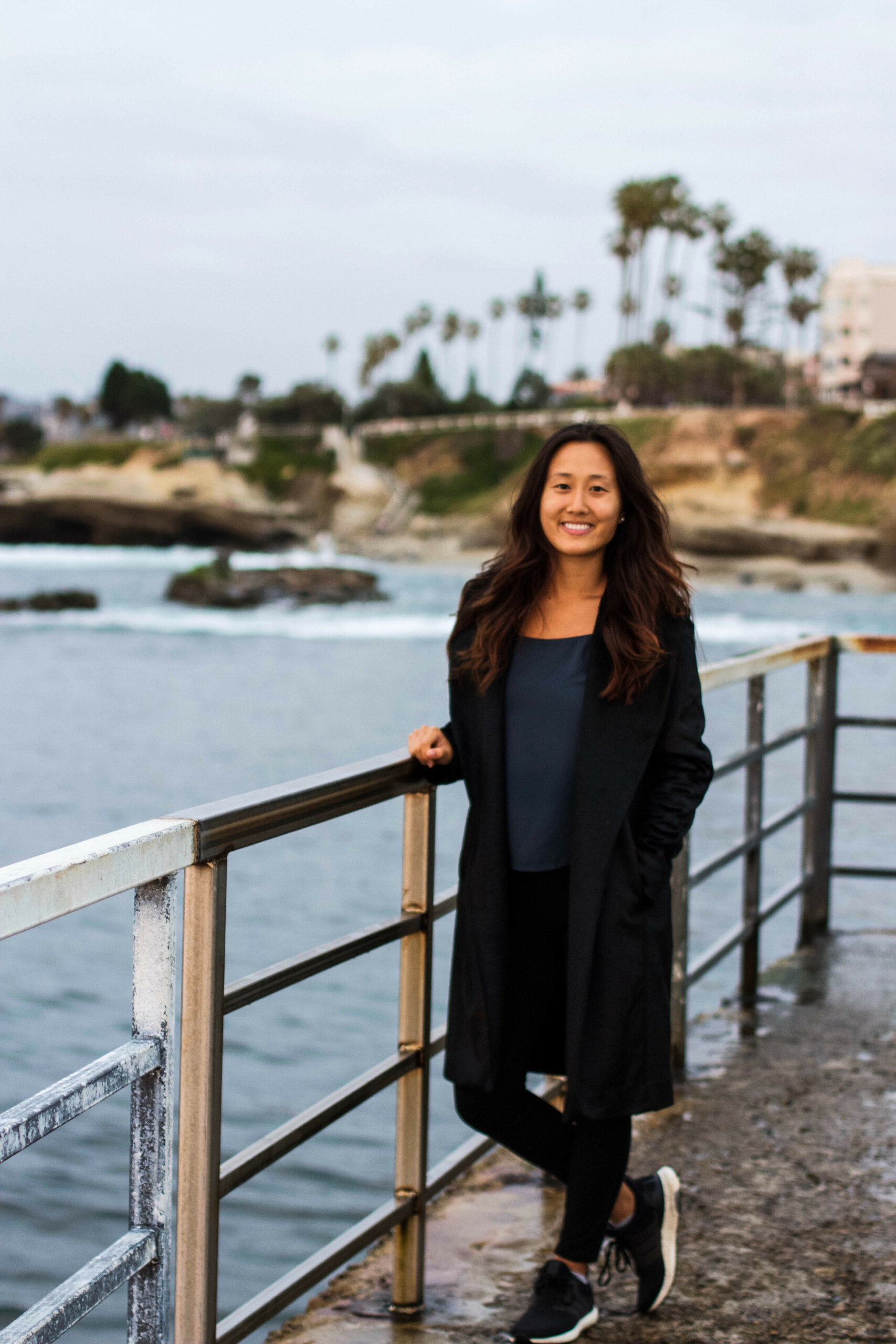This blog post was co-authored by Aaron Blumberg, Partner & Attorney at Fragomen, and Michael Moore, Associate at Fragomen.The H-1B visa is the most common U.S. work visa. Not surprisingly, there is a lot of information out there about H-1Bs, but it can be hard to know what is accurate and up-to-date. To help, Fragomen’s immigration experts did a deep dive into everything you need to know about H-1B sponsorship.
What Is an H-1B Visa?
An H-1B is a temporary U.S. work visa that requires employer sponsorship. An H-1B visa grants skilled workers in “specialty occupations” the ability to work, live, and study in the U.S. for up to six years. To qualify, the workers must have a bachelor’s degree related to the job or equivalent work experience. For the H-1B, three years of work experience is equivalent to one year of university.
Examples of qualifying specialty occupations include:
- Doctor
- Teacher
- Software Developer
- Engineer
- Accountant
- Therapist
While temporary visas are not meant for permanent stay in the U.S., the H-1B is a dual intent visa which means you can apply for permanent residency while on an H-1B.
How to Get an H-1B
You cannot apply for an H-1B visa yourself. Instead, a U.S. employer that is going to hire you part-time or full-time must agree to sponsor you and apply on your behalf. There is no self-petition option for H-1Bs. When applying, the employer must prove they can pay the prevailing wage for the specific occupation in that area according to the Department of Labor (DOL).
For certain employers, there is a lottery system to allocate a limited number of H-1B visas, so luck is an element! There are 65,000 H-1B visas a year with high demand. 6,800 of those visas are set aside for professionals from Chile and Singapore. An additional 20,000 visas are available for those with an advanced degree from a U.S. university.
The following employers are exempt from the lottery cap which means they can file for an H-1B at any time:
- Non-profit colleges and universities
- Non-profit organizations affiliated with colleges and universities
- Non-profit and government research entities
Unfortunately, standard non-profits are cap-subject. If you are struggling to find an employer who is willing to sponsor you or a cap-exempt company to work for, Interstride can help.
H-1B Cap Lottery
Let’s look deeper into how the H-1B cap lottery works. The cap only applies to new H-1B petitions. When applying for extensions, amendments, or change of employer for current H-1B employees, there is no lottery or cap.
H-1B Cap Lottery Timeline
| March 1 – March 20* | Employer applies for lottery (*extended to March 20 this year due to USCIS technical difficulties) |
| End of March | USCIS notifies selected employers electronically |
| April 1 to June 30 | Selected employers can submit an H-1B petition by mail |
| October 1 | Approved employees can start working |
Employers can apply for the lottery before you graduate but you must have proof you have earned your degree or work experience before the H-1B petition is filed. That means if you are selected in the lottery, the employer may need to wait to file your application until you after you graduate but still prior to the June 30 deadline.
After the initial lottery in March, USCIS will run subsequent lotteries if needed to ensure all 85,000 H-1B visas are distributed each year. H-1B visa processing takes about two or three months after the petition is filed. Expedited 15-day processing is available for an extra fee. All visa fees must be paid by the employer.
Chances of Getting an H-1B
Demand for H-1B visas is high. In 2022, employers had a 26% chance of winning the lottery. There were 483,927 total lottery registrations and 127,600 selected. Electronic registration has led to increased registration, so chances of winning the lottery are expected to continue to remain low in the coming years.
There are several ways to improve your chances of getting an H-1B visa. Firstly, consider pursuing a master’s degree at a U.S. university to increase the number of H-1B visas you are eligible for. You could also consider concurrent employment with a cap-exempt employer. For example, if you get hired by a cap-exempt employer, you can work part-time for a cap-subject employer without going through the lottery as long as you continue to work for the cap-exempt employer at least part-time.
H-1B Approval Types
Whether your employer is cap-subject or cap-exempt, there are two approval types for H-1B visas – Change of Status (COS) and Notify the Office (NTO). COS is for foreign nationals already inside the U.S. The visa automatically goes into effect on the approved validity date, but you cannot travel outside the country while the petition is pending final adjudication. H-1Bs with NTO require activation through visa stamping at a consulate abroad to go into effect and are typically used for beneficiaries outside the U.S. or those inside the U.S. but in a situation where it is more advantageous for them to have flexibility in their activation date.
Additionally, eligible international students already in the U.S. who are working on OPT will be automatically granted a Cap-Gap Extension to cover the period of time after their OPT ends and before H-1B status begins on October 1st. Foreign nationals whose H-1B petitions have been approved can continue working during this time, but travel without prior approval is not recommended.
H-1B Extensions and Changes
The H-1B visa lasts up to six years. This includes any time spent on an L-1 visa. There are a few exceptions to this time limit:
- If you travel outside of the U.S. on H-1B, you can recapture that time to extend your H-1B visa past the 6-year mark.
- You can leave the U.S. for at least 1 year and then return for another 6 years if you win the lottery again.
- You can extend your H-1B if you’re waiting for a green card due to processing times, labor certification, or backlogs.
Changing Employers
If you currently have a valid H-1B visa and want to switch jobs, the new employer must file an H-1B Change of Employer petition. You can start working for a new employer after they file the petition. You don’t have to wait for it to be approved! You also do not have to enter the lottery again unless you are going from a cap-exempt to a cap-subject employer.
In the event that you quit your job or are let go, you have a 60-day grace period to find a new job or another legal way to remain in the U.S. Employers who fire or lay off H-1B employees will be required to pay for their transportation back to their home country if applicable.
Alternative Visa Options to the H-1B
If you are not able to find an employer to sponsor your H-1B visa or are not selected for the H-1B cap lottery, there are still several other options to explore.
Student Visa Work Authorization
For international students on an F-1 visa, you can work for up to one year after graduation using OPT. If your field of study is designated as STEM, you can extend OPT for up to two more years. F-1 students can also work part-time on campus while in school. Students on a J-1 visa are eligible for work authorization under Academic Training if it is required by the program.
Are you an international student who already used all your OPT or Academic Training time? Consider an advanced degree to get a new student visa and reset your eligibility for OPT, STEM OPT, or Academic Training.
J-1 Visa for Exchange Visitors
The J-1 visa is not only for international students. It is open to any visitors in approved temporary exchange visitor programs including but not limited to:
- Au pairs
- Camp counselors
- Interns
- Research scholars
- Visiting physicians
- Teachers
- High school students
L-1 Visa for Intracompany Transfers
Workers at a multinational company that has offices in both the U.S. and another country may qualify for an L-1 visa. This visa allows you to transfer to a U.S. office of your company for up to seven years. This includes parent companies, subsidiaries, and branches. To qualify, you must work for the company outside the U.S. for at least one year in an executive, manager, or specialized knowledge role. The L-1 is a dual intent visa and spouses of visa holders can also get work authorization in dependent L-2 status.
E-1 and E-2 for Traders and Investors
An E-1 or E-2 visa may be a good option for foreign nationals interested in entrepreneurship or self-employment. To qualify for an E-1 visa, you must engage in substantial trade (over 50%) between your country of citizenship and the U.S. To qualify for an E-2 visa, you need to invest a substantial amount of capital in a U.S. business or be the director of an enterprise that you invested in.
E-1 and E-2 visas last between two and five years depending on your country of residence. Renewals are also possible, but this is not a dual intent visa. Only certain nationalities qualify for the E-1 and E-2 visa, and China, India, Russia, and Brazil do not qualify.
O-1 Visa for People With Extraordinary Ability
If you have extraordinary ability in the arts, sciences, education, business, or athletics, you may be eligible for an O-1 visa. This visa allows you to work in the U.S. for up to 3 years. To qualify, you must be at the top of your field and provide evidence for at least three out of eight criteria. The O-1 is a dual intent visa and can be extended an unlimited number of times in one-year increments.
P-1 Visa for Athletes, Artists, and Entertainers
The P-1 is an employer-sponsored visa for athletes, artists, and entertainers. It allows internationally-recognized professionals to work in the U.S. in a specific competition, performance, or event. The job must include performing as part of a group such as a major league sports team. The visa lasts five years with possible extensions for an additional five years.
Nationality-Specific Visas (TN, H-1B1, and E-3)
There are three different work visas for foreign nationals from specific countries:
- E-3 for Australian citizens – The E-3 visa requires employer sponsorship in a specialty occupation and at least a bachelor’s degree. There are 10,500 visas per year, and the visa lasts two years with the possibility of extensions.
- H-1B1 for Chilean and Singaporean citizens – The H-1B1 requires employer sponsorship in a specialty occupation and at least a bachelor’s degree. There are 1,400 H-1B1 visas for Chilean citizens and 5,400 for Singaporean citizens each year. The visa lasts one year with the possibility of extensions.
- TN for Mexican and Canadian citizens – The TN requires employer sponsorship, and only specific occupations qualify for this visa. There is no cap on the number of TN visas offered each year. The visa lasts three years with the possibility of extensions.
Family-Based Visas
Many visas including the H-1B allow spouses and unmarried children under 21 to live in the U.S. with the visa holder. However, family members may also be a way to gain work authorization in the U.S. if you are not able to secure an H-1B. Parents, spouses, and unmarried, under 21-year-old dependents of U.S. citizens can submit a green card petition without caps or backlogs. A provisional green card allows the holder to legally work in the U.S.
Foreign nationals who are legal permanent residents in the U.S. can also apply to sponsor immediate relatives. However, there are yearly limits and backlogs depending on the person’s country of birth.
Visit Interstride’s blog to learn more about family options for immigration sponsorship to the U.S.
H-1B Frequently Asked Questions (FAQs)
We compiled a list of the top questions international students and recent graduates ask about H-1B visas for U.S. work authorization.
No, you cannot file an H-1B yourself. It must be employer-sponsored.
Who can I work for?
You can only work for the employer(s) who sponsored your visa unless you apply for a visa amendment.
Where can I work?
You can work in any areas listed on the Labor Condition Application for your visa.
How much can I work?
You can work part-time or full-time on an H-1B, but you must adhere to the hours stipulated on the Labor Condition Application.
Can I study while on H-1B?
Yes, you can study part-time at a U.S. college or university without getting an additional visa.
What if I was on a J-1 and haven’t fulfilled the two-year home residency requirement?
Must fulfill the requirement or get a J-1 waiver.
What if I lose my job?
If you lose your job, don’t panic. You do not have to return home immediately. You have a 60-day grace period, and you can get a new job with the change of employer petition.
What if I get a promotion?
You may need to file an amendment depending on how different the job roles and responsibilities are from your position when applying.
What do I need to travel internationally?
You must get a new visa stamp to return to the U.S. except for trips to Mexico and Canada for less than 30 days.
What happens to my spouse and/or children?
Spouses and unmarried children under 21 can live and study in the U.S. under your H-1B visa, but they cannot work without getting their own work authorization. Make sure they are listed on the initial H–1B petition submitted by your employer.
H-1B Sponsorship Is Easier With Expert Help
To get an H-1B, you must find a job with an employer who is willing to sponsor you and pay the prevailing wage. They must win the lottery and get their petition approved by USCIS. This is a long and often arduous process. Fragomen is the oldest immigration firm in the U.S. Their immigration experts can complete and file paperwork on your behalf and support your employer in applying for the H-1B lottery and meeting all important deadlines. Contact Fragomen today to discuss how we can make your journey to H-1B status as seamless as possible.
























